Hue , the ancient capital, where many unique elements of nature, culture, land, water, people and especially the ancient architectural heritage complex have created the difference of Hue from many other regions.
Ngo Mon Gate in the Imperial Citadel: check-in point for most visitors when coming to Hue. Photo: thuathienhue.gov.vn
Hue is "special" because it is blessed by nature with a rich system of natural tourism resources, many beautiful beaches such as Lang Co, Thuan An, Canh Duong and especially the Tam Giang - Cau Hai lagoon system with an area considered the largest in Southeast Asia.
Hue is “unique” because it preserves a special national heritage, and is also a world cultural heritage recognized by UNESCO. It is the architectural complex of the ancient capital with a system of ancient relics belonging to the last dynasty of the feudal state of Vietnam: the Nguyen Dynasty.
And Hue is "irreplaceable" because of its very Hue culture, bearing the mark of royal culture but also imbued with folk culture.
In this article, we will introduce the ancient architectural works that have created the "unique" factor that can only be found in the land of the ancient capital of Hue. That is the Complex of Hue Monuments - a special national heritage, a world cultural heritage recognized by Unesco.
It can be said that Hue architecture is a unique combination of the principles of traditional Vietnamese architecture, Eastern philosophical thought, and characteristics influenced by Western military architecture, in harmony with natural elements: Ngu Binh mountain, Huong river, Gia Vien islet, Boc Thanh islet, Hen islet...
The Hue Imperial Citadel Complex includes a system of relics related to the Nguyen Dynasty, distributed in Hue city and the districts of Huong Tra, Huong Thuy, Phu Vang, Phu Loc. Over time and historical changes, Hue still preserves the appearance of an ancient capital, with hundreds of magnificent works of art, both of special historical and cultural value, and rich, diverse, and imbued with Hue identity.
Hue Imperial City at night. Photo: Thanh Toan
Regarding the architectural heritage of the ancient capital of Hue, we can mention the following typical relics: the Citadel, the Imperial City and the Forbidden City, the system of tombs of the Nguyen Dynasty kings, An Dinh Palace, the Royal Boat Wharf, Tran Binh Dai, Tran Hai Thanh, Hon Chen Palace, Tu Du Palace, Temple of Literature, Temple of Martial Arts, Hai Van Quan, Thien Mu Pagoda...
Hue Citadel : Construction began in 1805 and was completed in 1832. Hue Citadel is located on the North bank of the Perfume River, facing South, consisting of three citadels arranged symmetrically on a vertical axis, running from South to North, surrounded by 10 main gates and a system of watchtowers, moats, etc.
Tombs of the Nguyen Dynasty Kings: This is considered an achievement of landscape architecture. The king's tomb, sometimes a paradise, was created for the owner to enjoy leisurely while alive, and then become an eternal place when entering the other world. Some typical tombs are:
- Gia Long Tomb (also known as Thien Tho Lang): is the resting place of King Gia Long (1762-1820), the founder of the Nguyen Dynasty. Gia Long Tomb is actually a complex of many royal tombs, now located in Huong Tho commune, Hue city. The construction of the Tomb took place over 6 years (1814-1820). The entire mausoleum is a mountain range with 42 large and small hills with their own names, of which Dai Thien Tho is the largest mountain chosen as the front of the mausoleum and is used to name the whole mountain range: Thien Tho Son. All are planned in an area of more than 28 km2, creating a majestic landscape.
Gia Long Tomb is a masterpiece of the combination of nature and architecture, in which nature is the main factor creating the majestic beauty of the landscape. When visiting the tomb, visitors can immerse themselves in a quiet but poetic space to contemplate the successes and failures of their lives as well as the glory and shame of the first King of the Nguyen Dynasty.
- Minh Mang Tomb (Hieu Lang): located on Cam Khe Mountain, Huong Tho Commune, built from 1840, completed in 1843, including items such as the temple, Tam Tai Son, tomb, Trung Minh and Tan Nguyet lakes...
Minh Mang Tomb. Photo: Internet
- Tu Duc Tomb (Khiem Lang): located in Thuy Xuan commune, built from 1864 and completed in 1867, including the following items: La Thanh and gates, Chi Khiem Duong, shrine, Le Thien Anh Queen Tomb, Kien Phuc Tomb, Luu Khiem Lake...
- Khai Dinh Tomb (Ung Lang): in Thuy Bang Commune. King Khai Dinh (1916-1925) was the 12th king of the Nguyen Dynasty and the last one to build a mausoleum. Khai Dinh Tomb was built on the slope of Chau Chu Mountain, 10km from the center of Hue City. The mausoleum began construction on September 4, 1920 and took 11 years to complete.
To build the mausoleum, King Khai Dinh sent people to France to buy iron, steel, cement, roof tiles, and to China and Japan to buy porcelain and glass for construction. Compared to other mausoleums in the Hue mausoleum system, Khai Dinh Mausoleum has a small area (117m x 48.5m) but was very elaborate and time-consuming to build. It is the result of the integration of many architectural styles of Asia, Europe, classical and modern Vietnam.
Khai Dinh Tomb is a majestic natural landscape. Thien Dinh Palace is located at the highest position and is the main architecture of the Tomb. This construction consists of 5 adjacent parts: On both sides are the Left and Right Truc rooms for the soldiers guarding the tomb, in front is Khai Thanh Palace - where the altar and portrait of King Khai Dinh are placed, in the middle is the Bao An, the statue of the king and the tomb below, in the innermost is the altar with the tablet of the late king.
The highest artistic value of Khai Dinh Tomb is the interior decoration of Thien Dinh Palace. The three middle compartments of the palace are decorated with reliefs made of porcelain and colored glass. In particular, the canopy on the bronze statue, weighing 1 ton with soft, graceful curves, gives the viewer the feeling that it is made of very light velvet. Below the canopy is a bronze statue of King Khai Dinh cast in France in 1922 at the request of the king.
The person primarily responsible for creating the artistic masterpieces in Khai Dinh Tomb is artist Phan Van Tach, author of the three largest "Cuu Long An Van" murals in our country, which decorate the ceiling of the three middle compartments of Thien Dinh Palace.
Khai Dinh Tomb is considered the pinnacle of the art of creating ceramics, porcelain and glass. This is truly a work of artistic and architectural value. Photo: Internet.
- Duc Duc Tomb (An Lang) is the common tomb of three generations of kings: Duc Duc (father), Thanh Thai (son) and Duy Tan (grandson). Compared to other tombs of the Nguyen Dynasty kings, Duc Duc tomb has a simpler and more modest architecture.
- Thieu Tri Tomb, whose Chinese name is Xuong Lang, is located in Cu Chanh village, Thuy Bang commune, Huong Thuy district (now Hue city). Compared to the tombs of previous and succeeding kings, Thieu Tri Tomb has its own unique features. This is the only Tomb facing the Northwest, a direction rarely used in palace and tomb architecture during the Nguyen Dynasty.
The construction of Xuong Lang took place quickly and urgently, so after only three months of construction, the main works were completed. The overall architecture of Thieu Tri Tomb is a combination and selection of the architectural models of Gia Long Tomb and Minh Mang Tomb. King Thieu Tri lies there, sleeping peacefully in the peaceful countryside and surrounded by his relatives.
Nam Giao Altar:
Located in the south of Hue Citadel, built in 1807, Nam Giao Altar is rectangular, 390m long, 265m wide, where Nguyen Dynasty kings held ceremonies to worship heaven, pray for favorable weather and bountiful crops.
Temple of Literature :
Located on the north bank of the Perfume River, about 500m west of Thien Mu Pagoda, the Temple of Literature was built in 1808 to worship Confucius.
Tiger Fist:
Located in Thuy Bieu commune, built in 1830. This is an arena with a scarf-shaped ground, including two brick walls (inside and outside), surrounded by tiger cages and arched doors for elephants to enter and exit, with a grandstand above.
Thien Mu Pagoda
This pagoda was built by Lord Nguyen Hoang in 1601. The pagoda is located on the North bank of the Perfume River in Huong Long commune, 5km from the center of Hue city.
In 1665, Lord Nguyen Phuc Tan restored the pagoda and in 1710, cast the Dai Hong Chung bell (2.5m high, 1.4m in diameter, weighing 2,052kg). In 1715, the Lord built another stone stele 2.6m high, 1.25m wide, placed on the back of a marble turtle 2.2m long, 1.6m wide.
Phuoc Duyen Tower in Thien Mu Pagoda. Photo: Thua Thien Hue Newspaper.
The two main architectural works of the pagoda are Phuoc Duyen Tower and Dai Hung Palace. Phuoc Duyen Tower is octagonal, 7 stories high, 21m. Dai Hung Palace is the main palace in the pagoda, with a majestic and massive architecture. In addition to the bronze Buddha statue, the palace also has countless statues, a bronze gong cast in 1677, a wooden horizontal lacquered board with gold leaf, personally presented by Lord Nguyen Phuc Chu in 1714.
Since its construction, the pagoda has been restored 8 times (1665, 1714, 1815, 1831, 1844, 1899, 1907, 1957). Through these restorations, the pagoda still retains its majestic, splendid, and magnificent beauty.
Thanh Toan tile bridge
About 8 km from Hue city, Thanh Toan covered bridge is located in Thanh Thuy village, Thuy Thanh commune, Huong Thuy town. The bridge is built of wood, 17m long, 4m wide, with railings on both sides and a tiled roof. The bridge was built in 1776 in the style of "Thuong gia, ha kieu" by Mrs. Tran Thi Dao, the niece of a high-ranking official under the reign of King Le Hien Tong, who paid for the construction. Mrs. Tran Thi Dao was praised by King Le Hien Ton.
Thanh Toan tile-roofed bridge at night. Photo: thuathienhue.gov.vn
The ancient capital of Hue also has many other ancient architectural works, each with its own unique mark, making this place truly a cultural center containing many unique cultural heritages./.
(continued)
Q. Lien


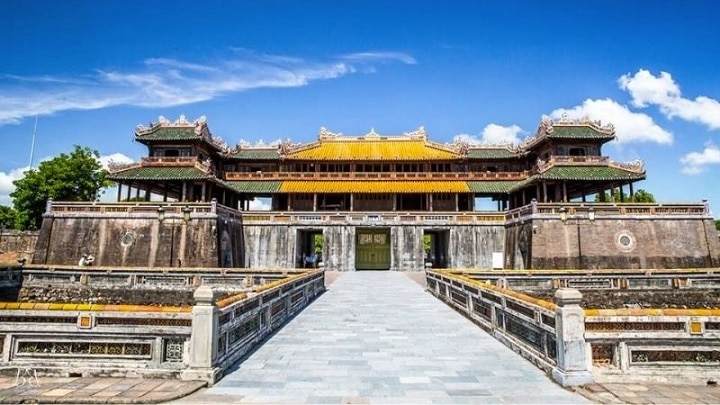
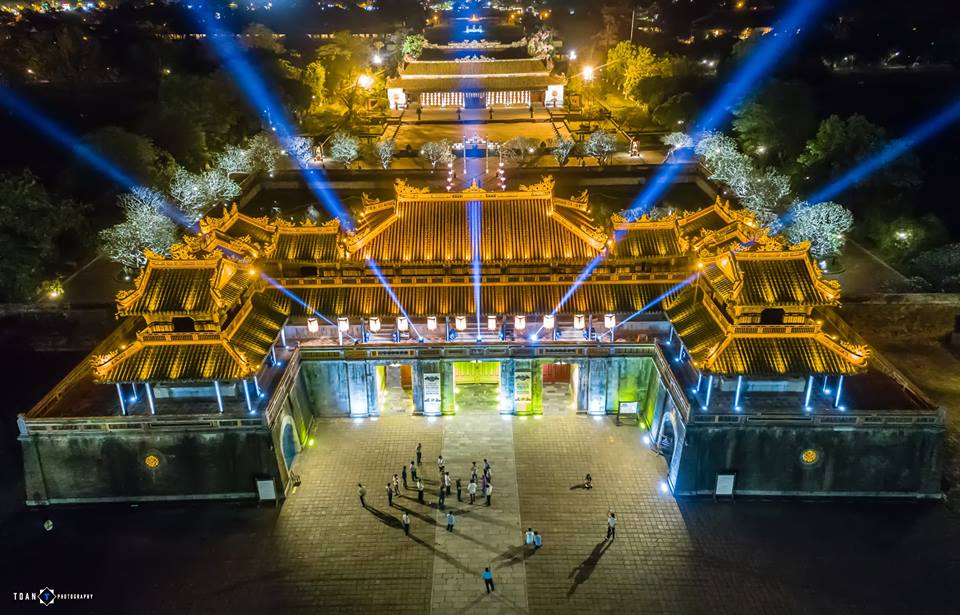
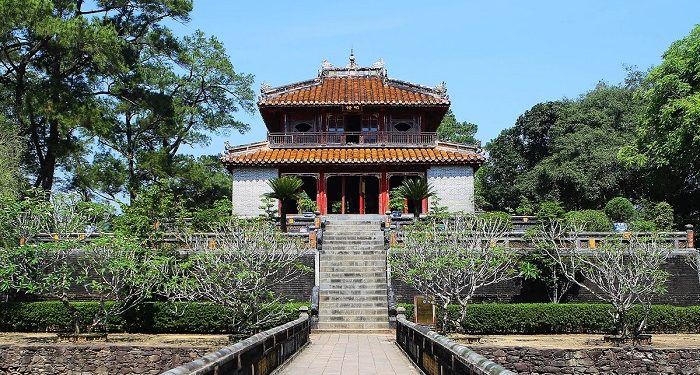
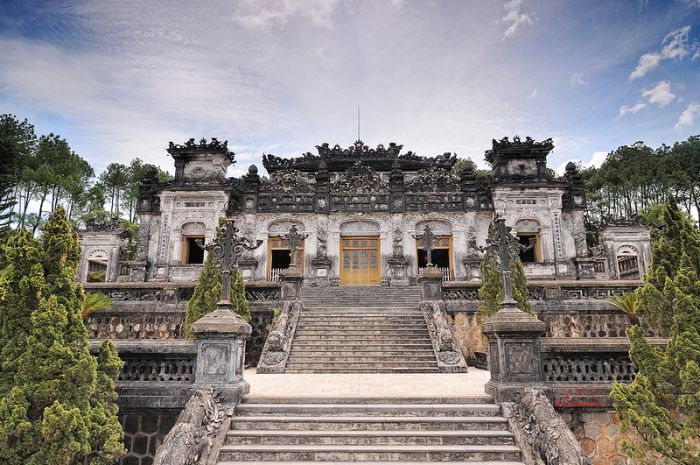
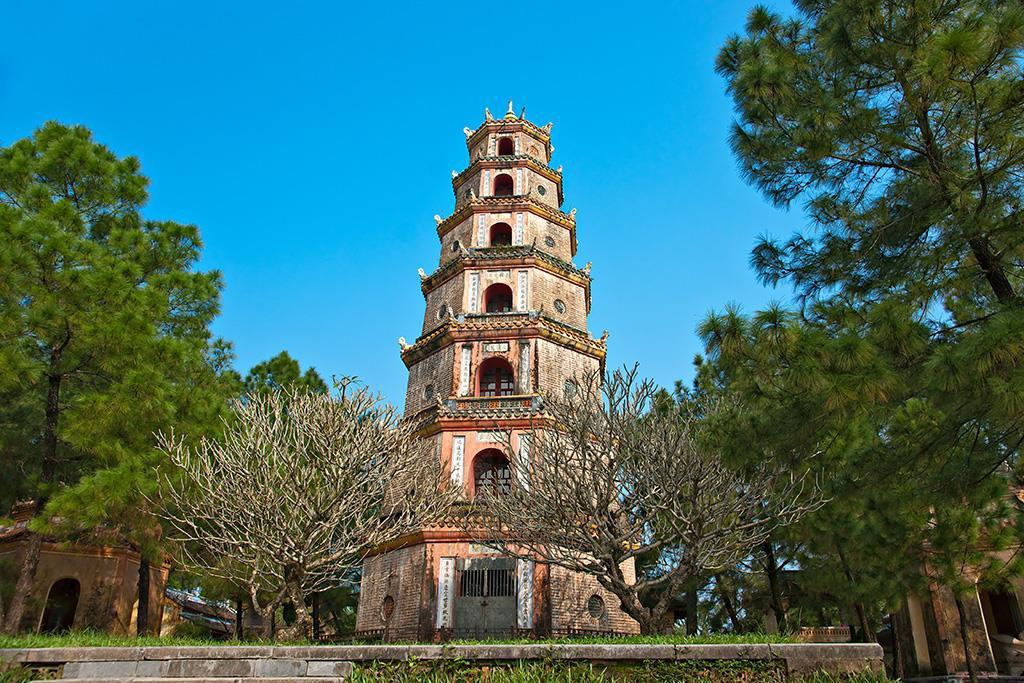
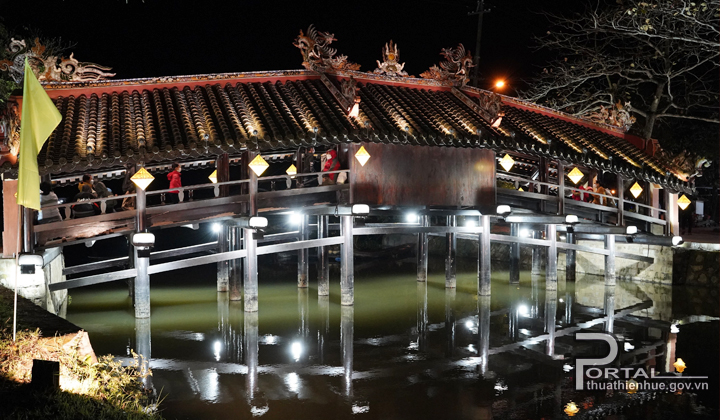
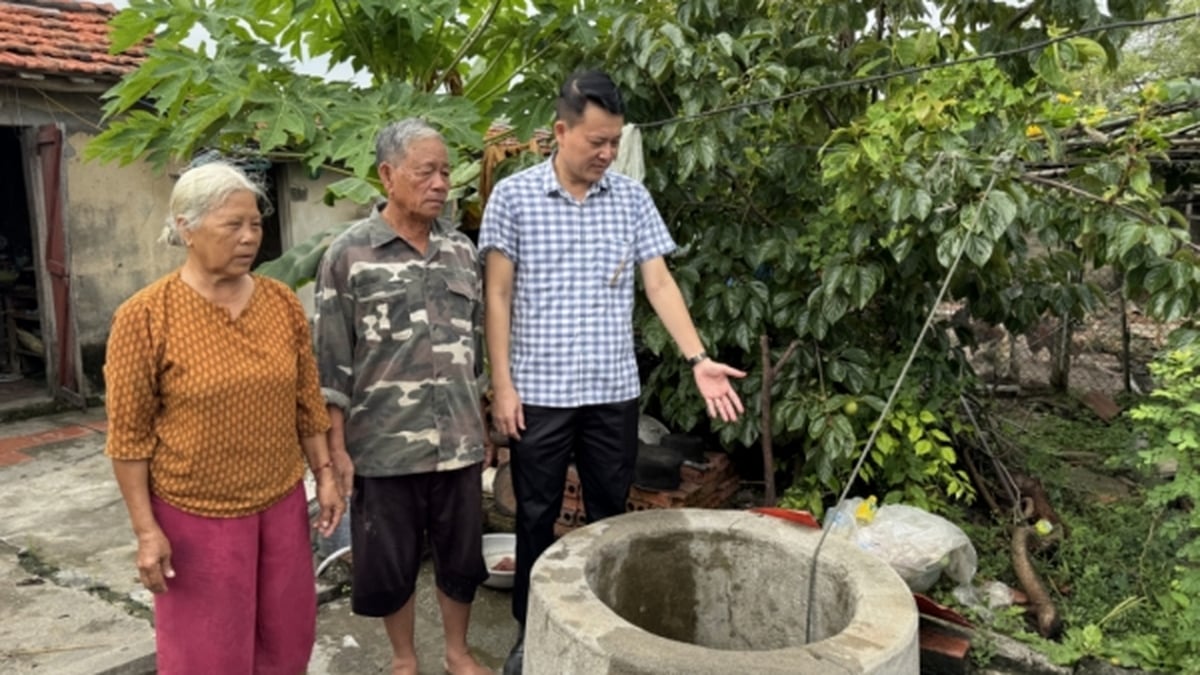
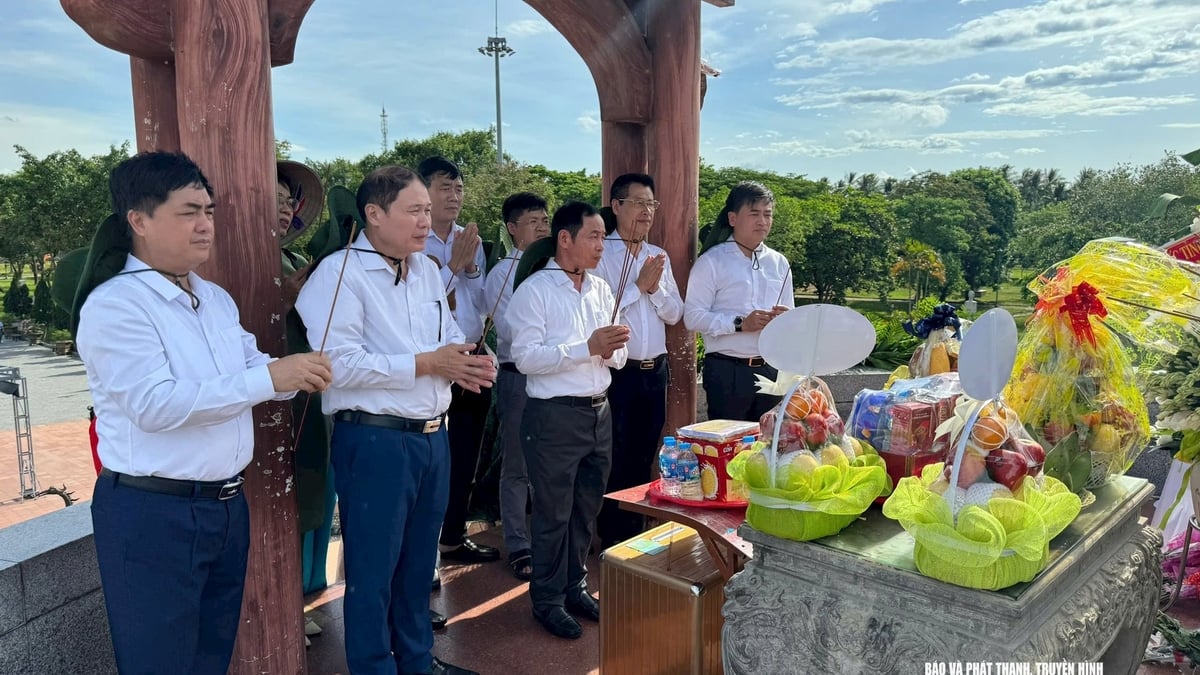
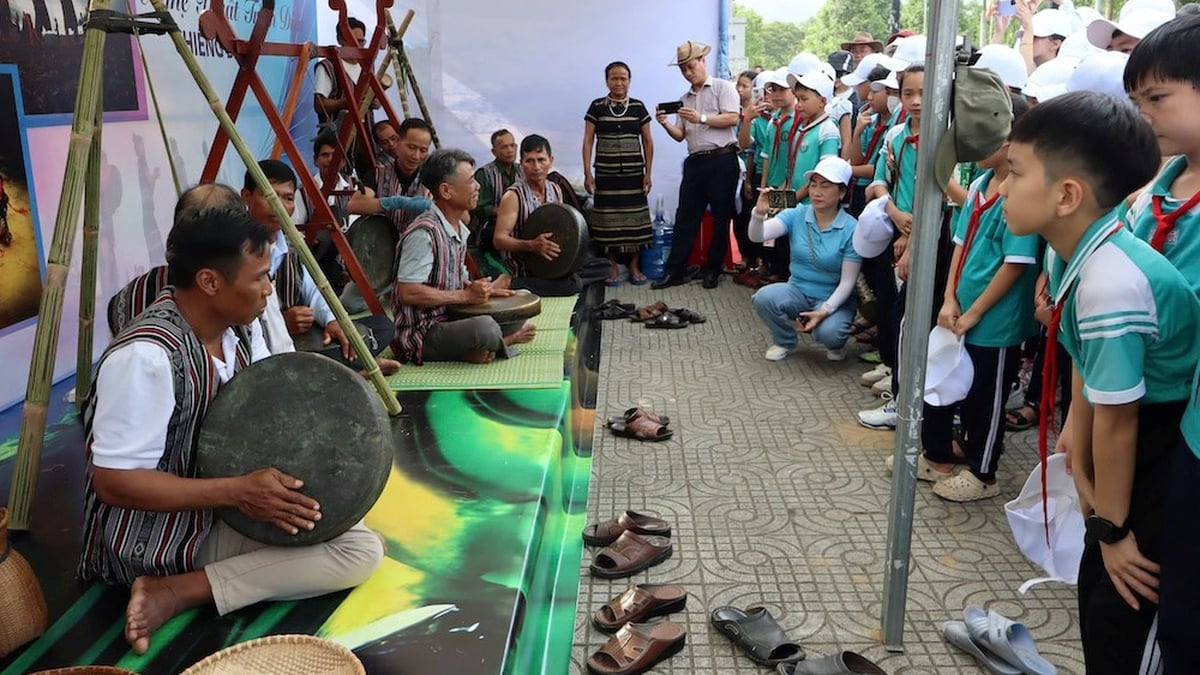

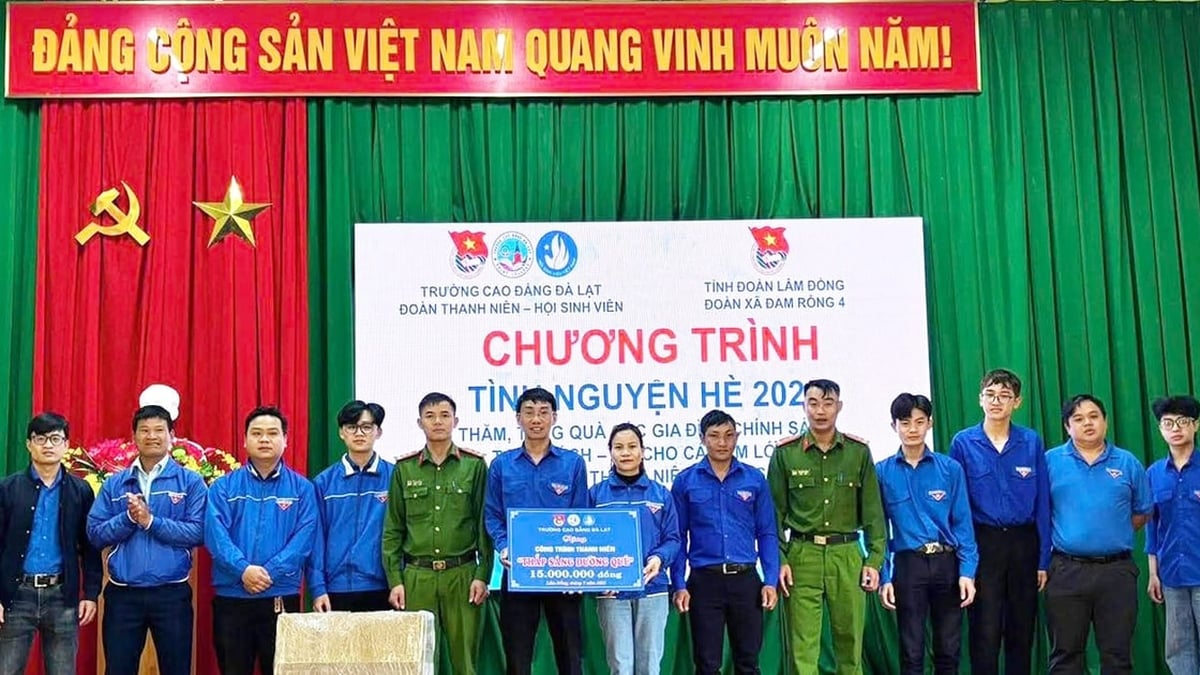
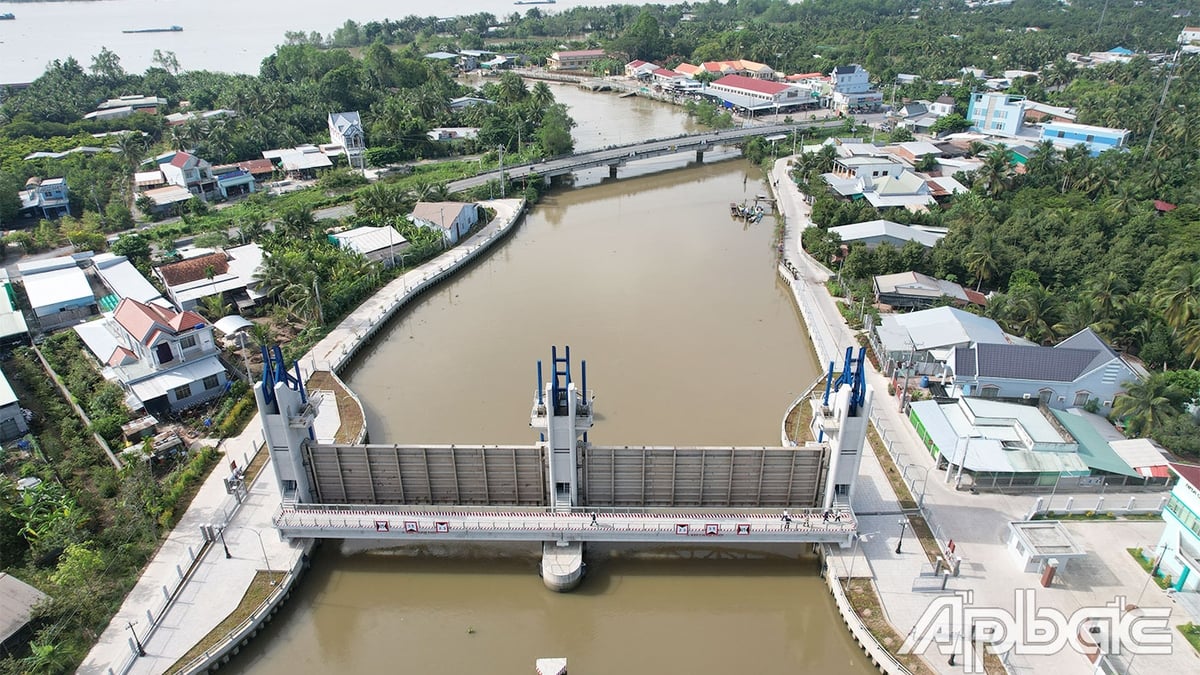
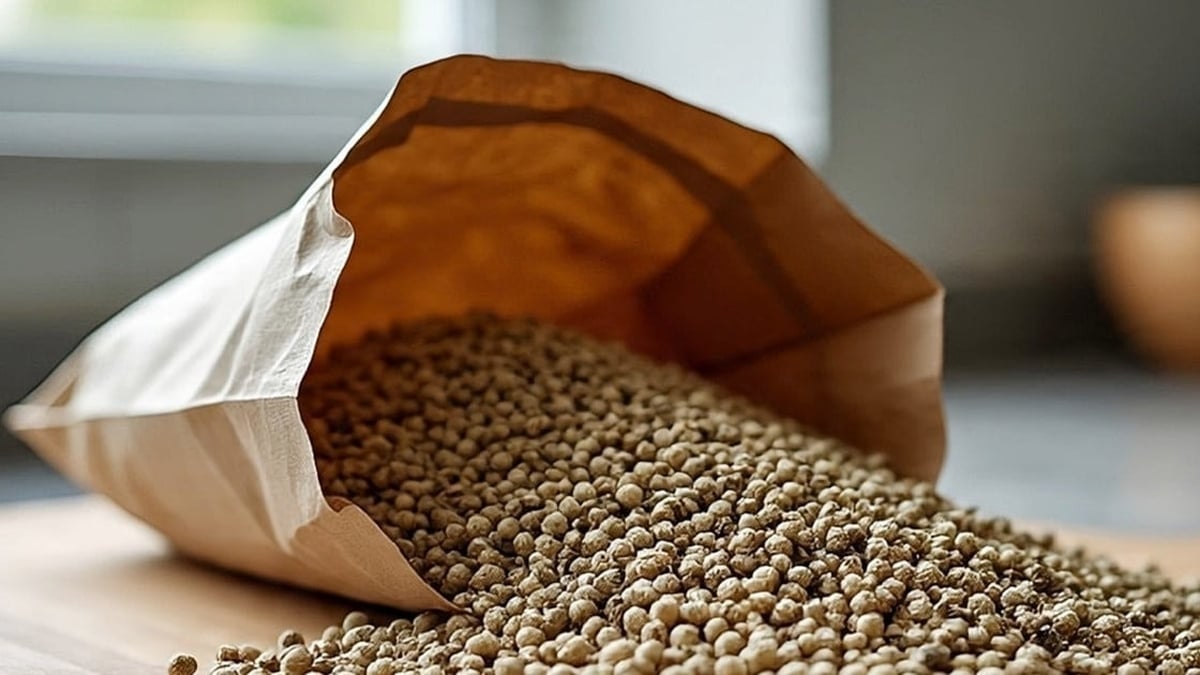


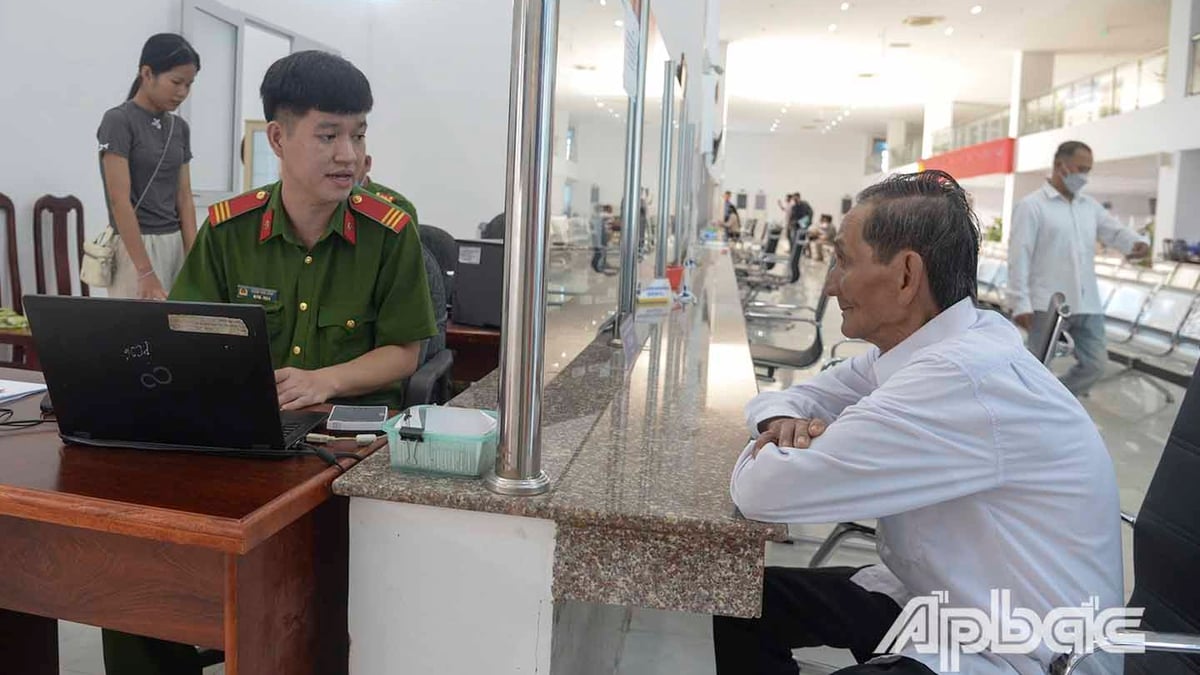






















































































Comment (0)